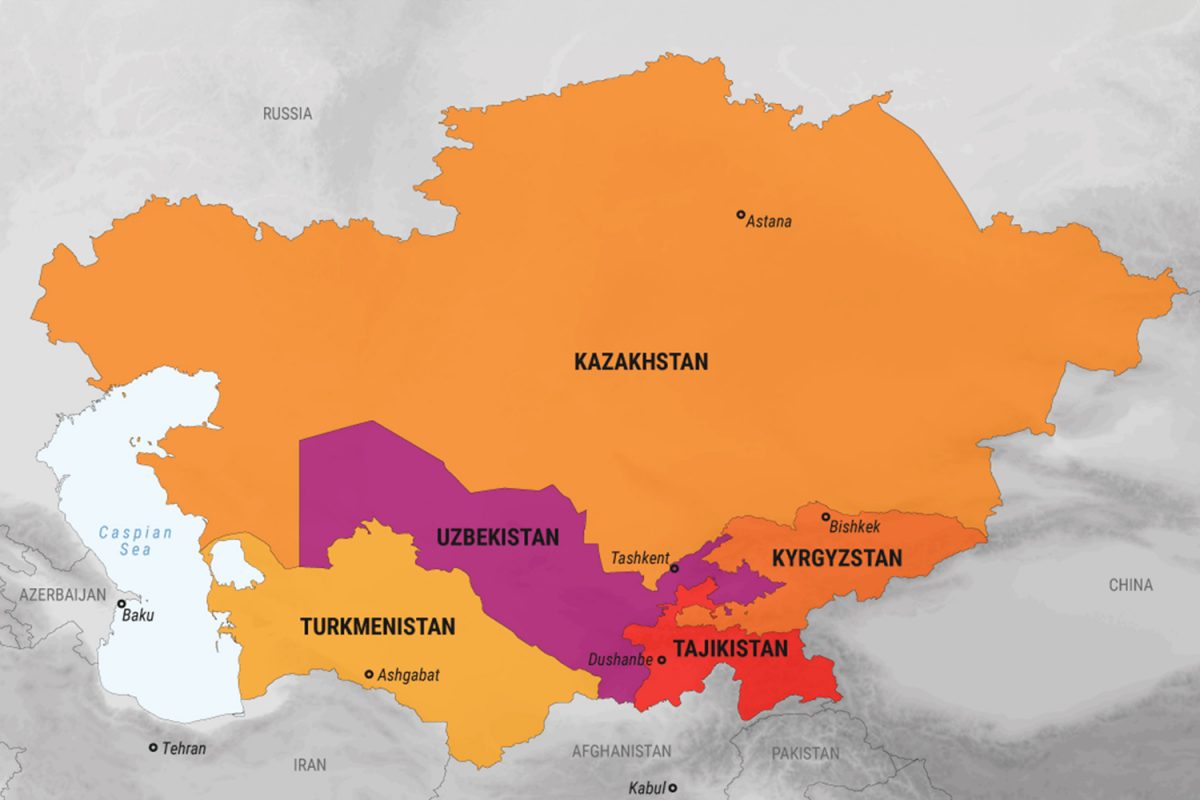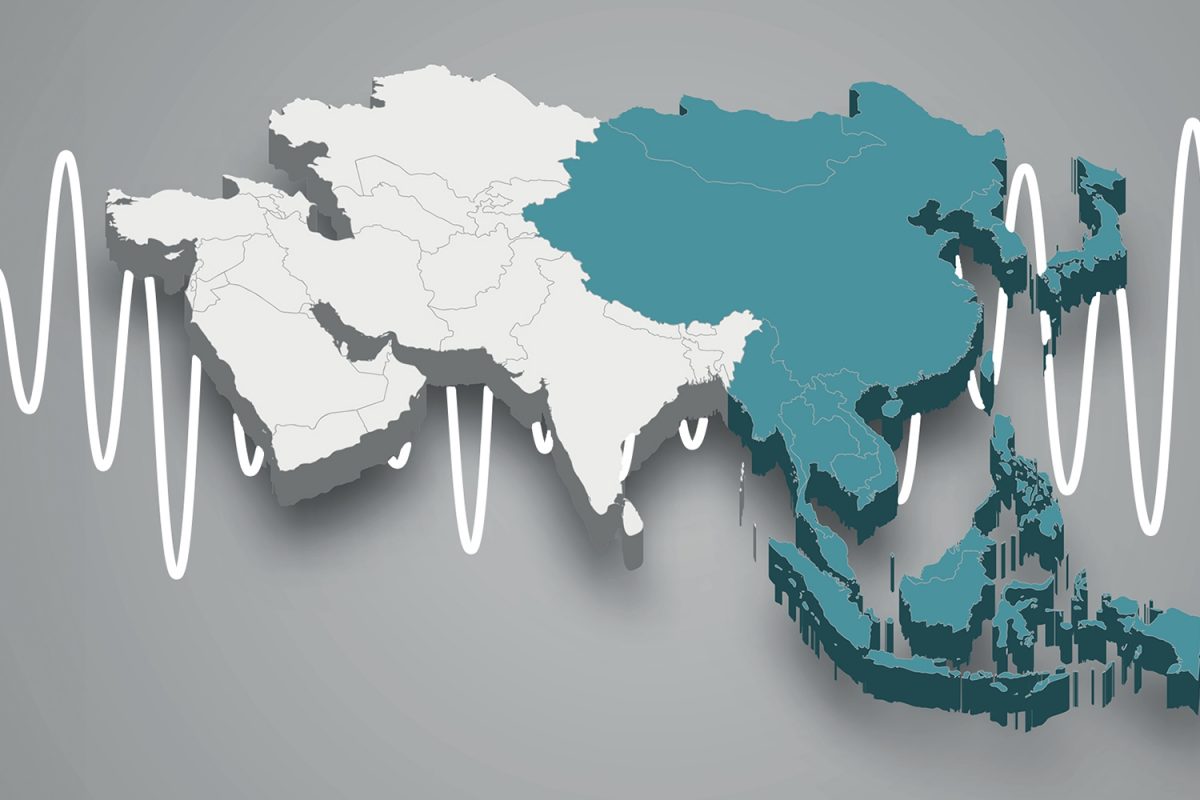Not a day goes by without China making some headlines. Whether it is its space ambitions, its aircraft carriers, its artificial intelligence (AI) developments, infrastructure, railways, new cities or its cyber capabilities -the world cannot get enough of China. The last decade has seen a plethora of research, analysis and literature on China. Everyone has contributed – from politicians, engineers, policy makers and academics – to what is the most significant development since the collapse of the Soviet Union: the rise of China. The consensus is China is a potential rising power that represents a threat to the global hegemon – the US. For many, it is a matter of when, not if, China will replace the US. In just four decades China has gone from a poverty stricken nation to a colossal industrial giant.
China has a recorded history of over four millennia. In the past, much like today, societies needed water for agriculture and for survival and this usually came with water sources such as rivers and oceans. The Han people emerged around the Yellow River in the north of modern China and the Yangtze in the south. This region became the heartland of the Han people. This region is also the area where enough rainfall occurred to support agriculture. Without the Yellow and Yangtze Rivers, China as we know it would not exist. When the Qin dynasty captured both rivers and the surrounding areas in 221 BC, China as a single unit came into being and this is considered by the Han people as the beginning of their civilisation. Over time China became a land of farmers and merchants and established itself as an economic force. Merchants from Japan, India and the Arab lands and eventually Europe, all flocked to the country to buy coveted Chinese goods such as silk and porcelain.
China’s core which consists of arable land suitable for life to flourish was surrounded by deserts, steppes, jungles, mountains and the sea. The vast majority of China’s population historically and today live within one thousand miles of the coast, the other two thirds are sparsely populated. The area around the Han heartland was surrounded by lands of nomads and horsemen. These were non-Han lands surrounding the Han core consisting of Tibet, Xinjiang, Inner Mongolia and Manchuria. This is a vast landmass which surrounds the core area for the Han people. For the Han Chinese to survive it would need to control and expand from its heartland to these buffers. These regions have historically been where threats to China originated. In the 13th century, the Mongols under Genghis Khan invaded and occupied parts of Han China until the 15th century, when the Han reasserted their authority.
The size of China’s population, when it had secure frontiers and an abundance of resources, allowed it to develop with minimal interaction with the rest of the world. China has actually been through numerous lengthy periods of its history, closed off to the rest of the world. China along with India has also been the world’s largest economy for most of human history and so it didn’t see the need to engage with the world. The Ming dynasty-sponsored maritime adventures of the Muslim admiral, Zheng He, was the exception, but that was brought to an abrupt end in 1425 due to foreign influence entering China, which it didn’t need.
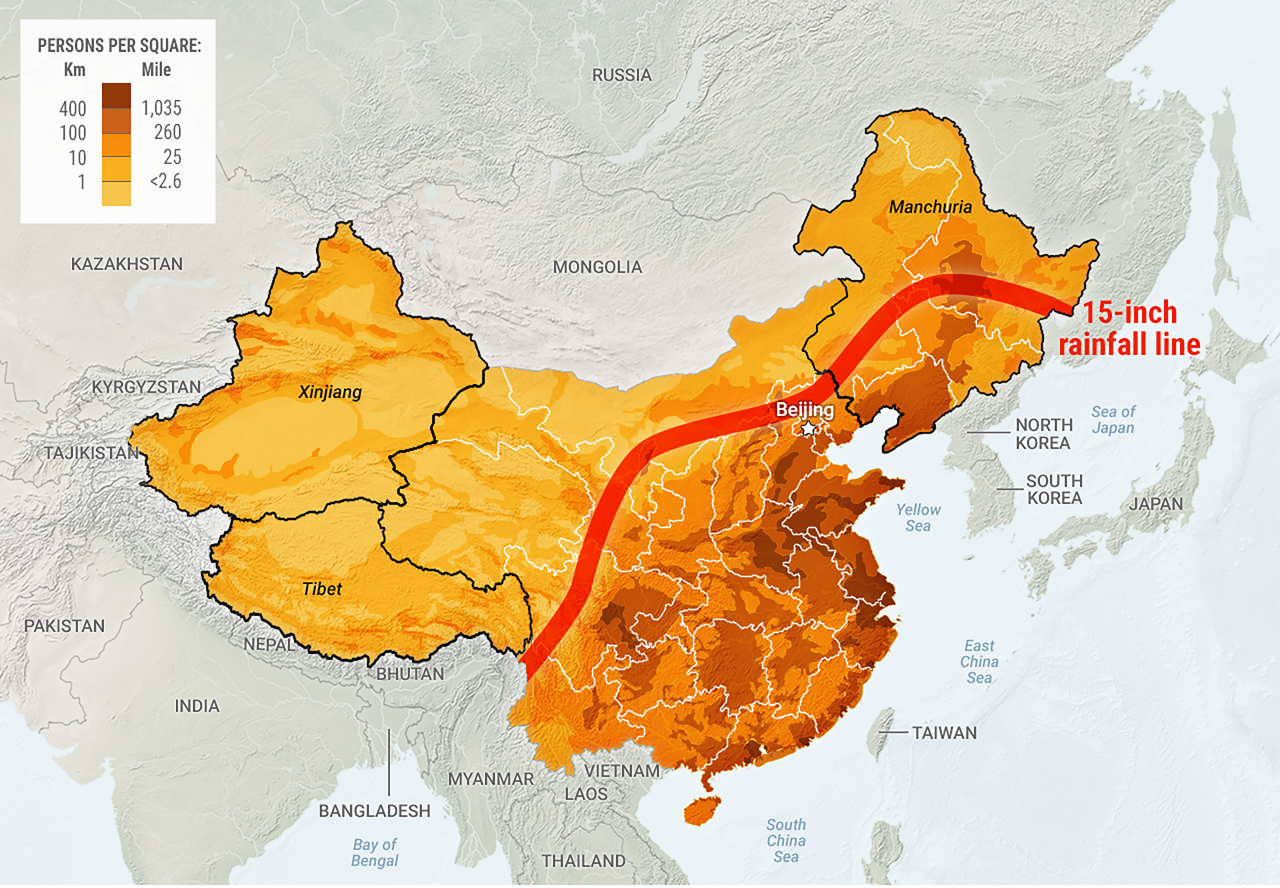
When the European continent was going through industrialisation in the 18th century and fighting over the new world and scrambling over Africa, the Chinese saw themselves as a people with a 4,000 year rich and ancient heritage. In Mandarin, Zhongguo, the Chinese name for China, means Middle Kingdom. This was based upon one of the early eras of the Han people dating from 1000 BC, when the Zhou Empire was designated as the Middle Kingdom. The Zhou people, unaware of other civilisations in the world believed their empire occupied the middle of the earth, surrounded by barbarians. The Chinese people still today believe they are the heirs to this ancient civilisation.
Chinese history consists of multiple millennia where she faced the imperative of expanding to protect her vast interior from invasion from hordes of nomads and other invaders. China’s history also consists of many eras of contraction, invasion and poverty. Chinese history is one of expansion and contraction; this has been the country’s struggle for centuries. The late Zbigniew Brzezinski encapsulated Chinese history, he characterised China’s geopolitics through the ages as “cycles of reunifications and expansions, followed by decay and fragmentations.”[1] Every dynastic ruler in China’s more than 4,000 years of history has faced the same struggle: to unify and govern an insurmountably vast and disparate landmass under a centralised authority.
After thousands of years, China’s imperatives came to be:
- Maintain unity in the Han regions
- Maintain control of the buffer regions
- Protect the coast from foreign encroachment
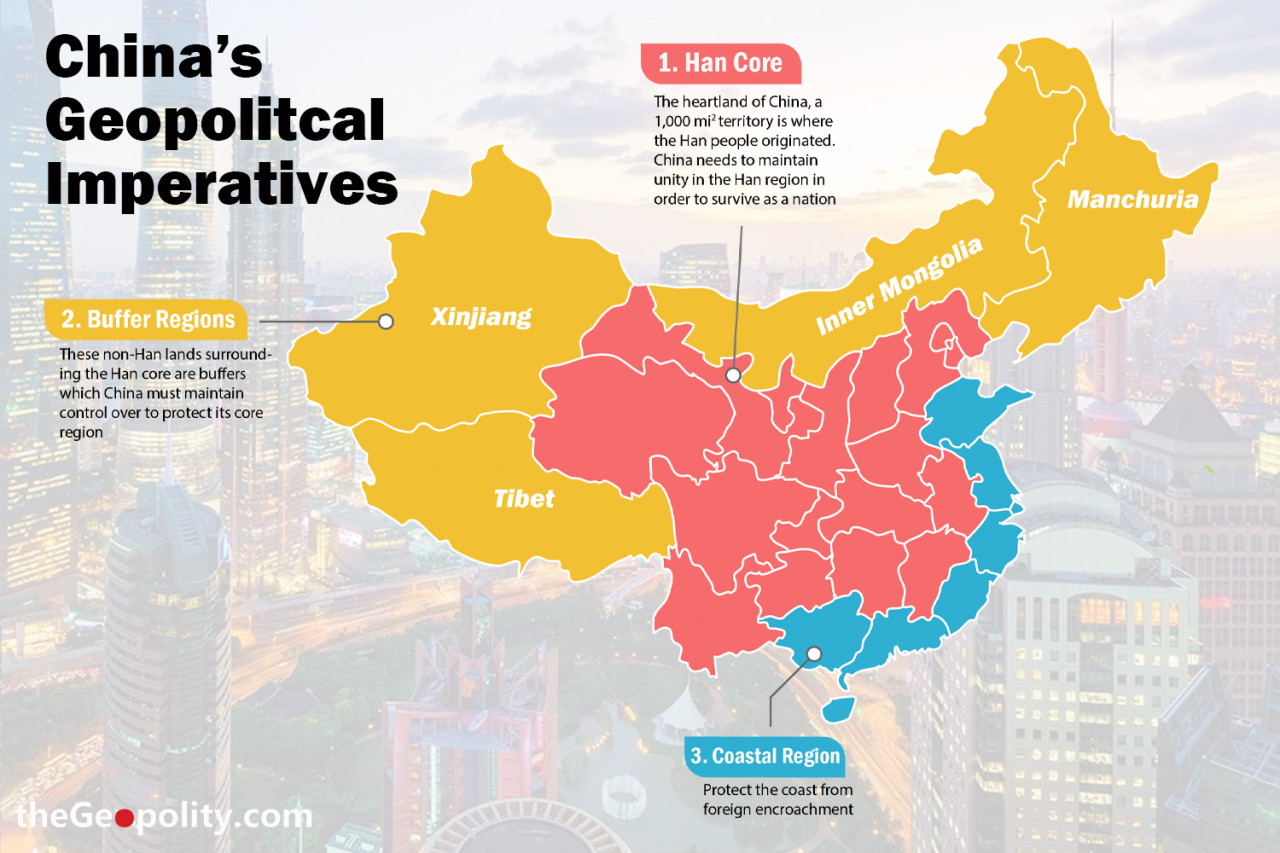
Century of Humiliation
By the 18th century, the dawn of the colonial era would shatter China’s beliefs. European colonialists began arriving on the country’s shores. By the 1830s the Middle Kingdom’s fortunes had changed. European traders, empowered by the technological progress of the Industrial Revolution, forcibly opened China up to trade on their terms. China dubbed the ensuing period the ‘Century of Humiliation,’ when between 1839 and 1949, Western powers and then a newly industrialised Japan forced their way into mainland China. The British extracted numerous capitulations after the Opium Wars. Britain forced the emperor to formally recognise the British as equals and grant their traders favoured status in the Treaties of Tianjin. Britain also stipulated that Hong Kong would be handed over to them for a century.
It would take World War 2 to bring China’s century of humiliation to an end. With the Japanese defeated and the Communist victory over the nationalists, Mao Zedong re-enclosed China, re-established Beijing as China’s capital, centralised power and expelled foreigners. Mao had recreated a united Han China and severed ties with the outside world. With China now secure internally, Mao faced the challenge of feeding a population of 550 million. China along with India throughout history had always been the world’s largest population. China needed to develop its economy after a century of devastation by foreign powers. This was to be achieved, according to Mao via communist lines.
Communist Dead-End
The ‘Great Leap Forward’ in 1958 was a hugely ambitious plan that attempted to use mass mobilisation to catch up with the industrial standards of the US and UK in just a few short years. The plan attempted to collectivise all aspects of life (even cooking pots), the strategy saw farmers pulled off their land to engage in ill-advised rural industries such as small scale steel plants. The strategy led to widespread famine and the death of 30 – 40 million people. The years of the Great Leap Forward saw economic regression, it was a disaster of epic proportions. The negative effects of the Great Leap Forward resulted in Mao being criticised in party conferences and he came to be marginalised within the Communist Party. Mao hit back and initiated the Cultural Revolution in 1966. The Cultural Revolution was a campaign to shake the bureaucracy’s hold on power. Brigades of students were mobilised to make war on thoughts that were deemed reactionary. These Red Guard students roamed the country seizing control of government offices, destroying cultural artefacts and terrorising the population. The army stepped aside leaving the party bureaucracy to direct attacks. Many leading Communist cadres were killed after being identified as reactionaries. The campaign would not come to a complete end until the death of Mao in 1976, when the military demobilised the Red Guards leading to the end of another period of instability in China’s long and turbulent history.
Whilst China was secure under Mao it was poor and remained economically backward and well behind the world’s powers. This was largely due to its own self-destructive policies such as the Great Leap Forward and attempts to turn the country into a Communist state. China’s GDP in 1976 was a mere $153 billion, whilst it possessed the world’s largest population of 930 million. Spain and Holland – which were the size of Chinese cities had larger economies. Over 90% of China’s population was in poverty. Whoever was going to inherit China from Mao would be dealing with a country beset with disenchantment with the Communist Party and institutional disorder resulting from the chaotic policies of the Mao era.
The Open and Reform Era
China’s reformist leaders such as Deng Xiaoping finally accepted Communism had been a failure, Mao’s theory of continued revolution under socialism was abandoned and mass class struggle came to an end after Mao’s death. A comprehensive analysis of China’s state of affairs was translated into policy in 1979 and saw the birth of China’s ‘open door economic policy. This economic policy of engaging with the world, producing low end exports and aggressive domestic infrastructure investment eventually paid dividends. By the turn of the 21st century China’s economy had turned over 150 years of economic mismanagement. The huge industrial growth, manufacturing growth and growth in exports allowed China to fulfil the basic needs of its large population, something that it had failed to achieve for over a century .
China’s imperatives throughout its history had been largely internal, maintaining unity in the Han areas, controlling its buffer regions and controlling its coastal waters. But its rapid economic rise has now created a new imperative, one that shifted China out of what had been largely internal to one that now leaves China vulnerable to international involvement. China now for the first time in its history has a fourth imperative: Protect China’s strategic trade routes, resources and markets from foreign interference.
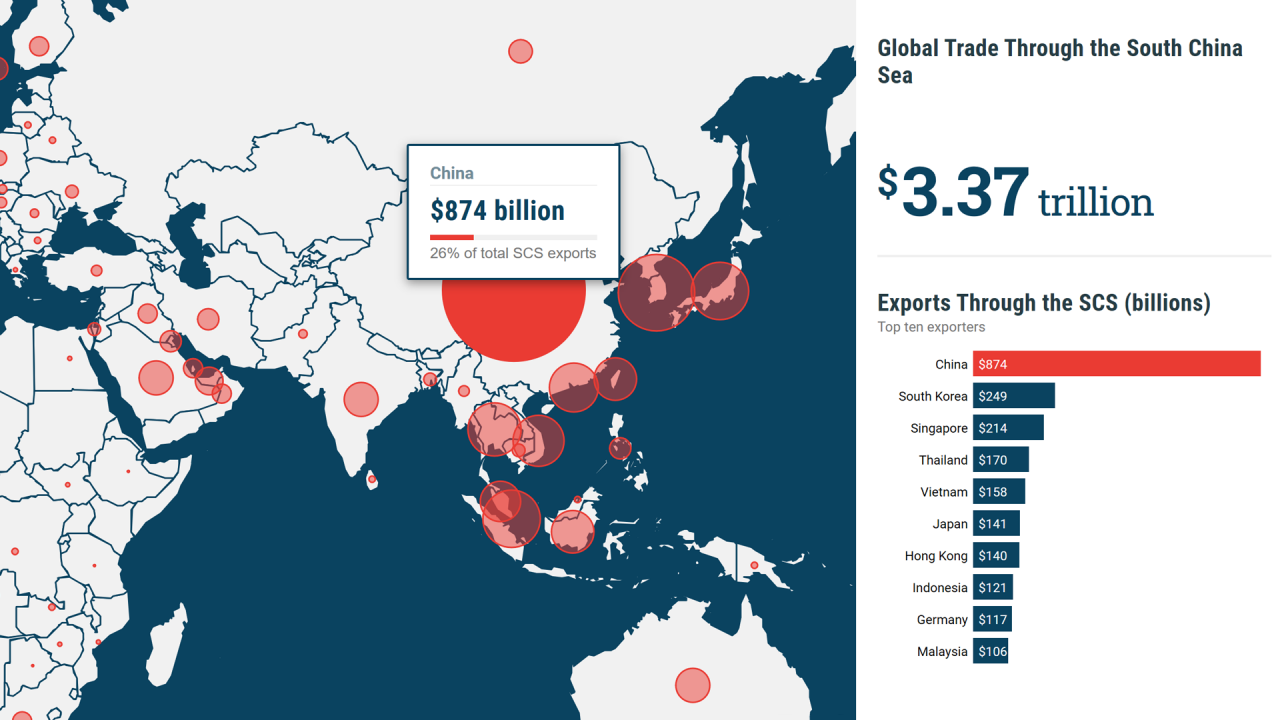
China’s economic success has been built upon importing raw materials, commodities and energy from the world. It has an economy that is based on adding value to this by converting them into exportable goods to the rest of the world. China is dependent on the global economy, global markets, sea routes and infrastructure. China must secure its vulnerable supply lines through expanding its military presence and extend its international presence. This naturally brings it into conflict with the other global powers and it’s something China has no history to use as a reference point.
This is the first part in a series looking at China’s rise. The series will assess China’s economic, military and political ascent and its prospects in replacing the US as the global superpower power.
[1] The Grand Chessboard, American primacy and its Geostrategic Imperatives, Zbigniew Brzezinski, Perseues books, 1997, pg 8


